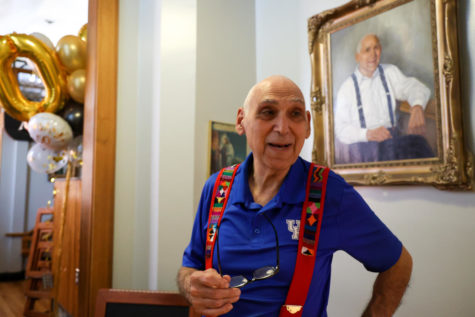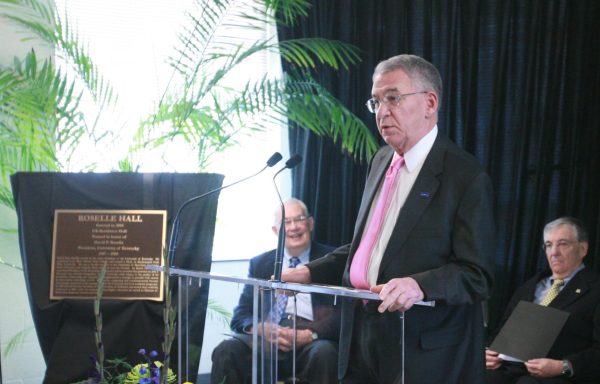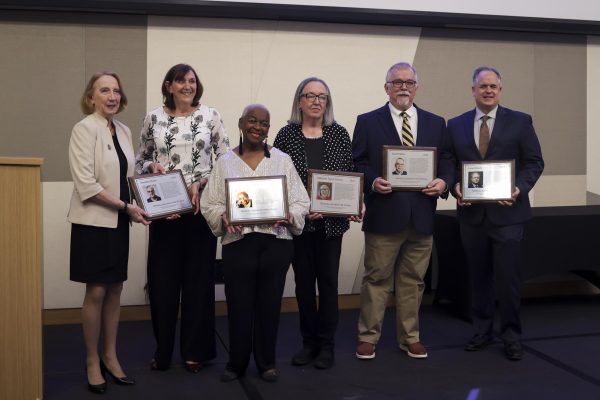Study: assaults on women drop slightly
September 5, 2007
UK’s efforts to increase campus safety have made female students feel safer, but the percentage of women who have actually experienced assault has not dropped much in three years.
In the 2004 Women’s Safety Study, women on campus anonymously unveiled where they felt most unsafe at UK and what kind of assaults they had encountered. In response, President Lee Todd launched a $1.2 million initiative to improve campus safety.
A study released today shows that of the 2,000 female students who received phone calls last spring for the study, 31.7 percent said they felt “very safe†on UK’s campus. Three years ago, only 16.4 percent felt that way.
That earlier study also reported, however, that UK women express fear at a lower rate than the rate at which they experience victimizations.
So while more women feel very safe on campus in this year’s study, more than a third said they had experienced a sexual assault, a physical assault or stalking.
That number dropped slightly from 36.5 percent in 2004 to 34.1 percent, but was not statistically significant enough to say that fewer women are being victimized at UK, said Carol Jordan, the director of the UK Center for Research on Violence Against Women, which conducted both studies.
She was confident, however, that the slight decrease indicates that UK is moving in the right direction.
“We saw the largest leap in areas of women’s perceptions,†Jordan said. “We want to, in the future, see equal improvements in what actually happens to women.â€
UK used the women’s information to target specific areas with additional lighting and patrols and began addressing safety education.
“Education, prevention and changes to physical space are making women feel like they’re more at home and safer here at UK,†Jordan said.
She also emphasized, however, that women should not take risks on campus, such as walking alone in the dark.
Improving attitudes and awareness was the necessary beginning step, Jordan said, and reducing the number of victims among women to nearly half of what it is will take more education and intervention.
One indication of how education and awareness has already made a difference, Jordan said, is that more rapes are being reported.
In 2004, only 2.5 percent of women who had been raped reported it to the police. That number has increased to 9.1 percent.
Most women think the offenders in rape or any other types of assault on women are strangers. The majority of offenders, however, are men whom the women already know, and according to what UK women said in this study, they are also other college students.
That is not surprising, Jordan said, because college men are the ones with whom women spend time, but more education needs to be directed at men.
“It’s a homegrown problem,†Jordan said. “Too often it is another student committing (the assault), which signifies that we need to do education about what is appropriate conduct and what is not.â€
Fewer women in this year’s study said they avoid some places on campus out of fear, and most of those avoided neighborhoods around campus rather than areas on central campus.
The study listed specific areas off campus, just as it had listed on-campus areas in 2004. Jordan said she would give the updated campus list to UK Police and UK Physical Plant Division.
She would also give an off-campus list to Lexington’s town and gown commission, the Division of Lexington Police and neighborhood associations in the UK area to help target the dangers women associate with certain off-campus areas.
“Safety is an ongoing process that will never be completed,†Todd said. “This study shows where we’ve made progress. But it also shows what is left to do and, in that way, it reinforces our commitment to safety.â€

























































































































































